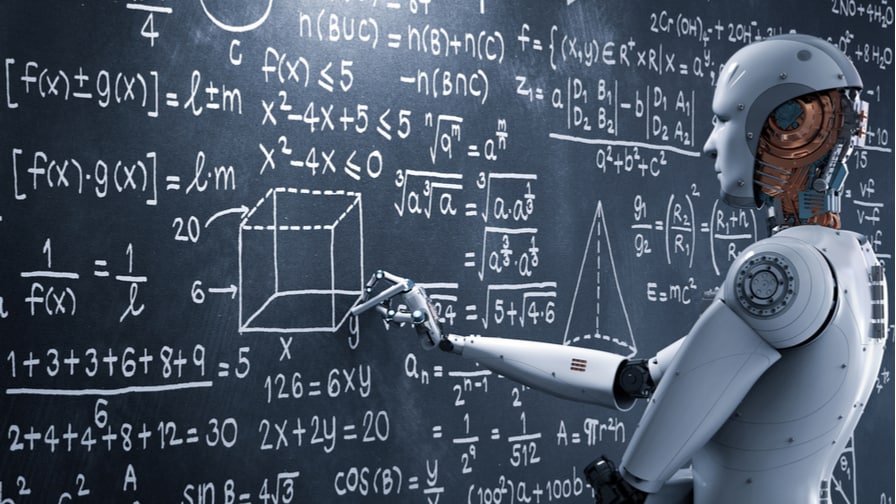There’s no question that ad tech company Google are making some significant movements in the digital advertising space, most notably on the integration of Artificial Intelligence (AI) and Machine Learning.
Jennifer Prior, lead of agency UK at Google, presented this at Thursday’s (November 9) digital advertising conference, hosted by Independent PPC and digital agency Search Star, which emphasised the importance of advertisers moving away from manual tasks and letting machines complete the data collecting in an increasingly saturated market.
With the move of automation across internal projects growing, how can advertisers best utilise this technology to improve ad performance and targeted campaigns?
Fresh from her session at the Search Star conference, PerformanceIN caught up with Prior for her take on how advertisers can use AI and Machine Learning to engage more with customers and overcome certain challenges along the way.
First of all, could you tell us a little bit about the work do you at Google?
Jennifer Prior: I’m on the UK agency team and what we do is partner with UK leading agencies across the country and help them to effectively support their advertisers. This involves different initiatives, but in-line with today’s topic on AI, making sure they stay ‘futureproof’ and ahead of the trends, leveraging all the best technology and tools available and making sure they are leaders in their field, bringing the best services to their customers.
Your session bridged the gap between AI and how brands can better connect with their customers. What were some of the key points?
JP: For me, the standout point was previous tasks taking longer, such as manual bidding strategies and building up an audience in a manual way. Those tasks have now been automated and this means businesses can pursuit what is actually important. From a brand building perspective, this means not wasting time adjusting manual bids and instead focusing more time on audience strategies, developing creatives, credibility and rolling out accurate and measurable attributions.
AI was a key theme from your session. How can advertisers using your platform best utilise this to their performance strategy?
JP: We need to move away from the fear of “man vs machine” and think of AI as machines enabling us to free ourselves to do more. This is formed by the strategy: ‘Audience’ – allowing to identify key audiences across our seven billion user platforms. ‘Assets’ – using signals to know what is performing ahead of audience. ‘Automation’ – which is the automation of processes, and finally ‘Attribution’ – allowing you to measure how your campaign is doing in a more accurate way. AI has allowed this so that small business don’t have to do things manually, the work is now done for them.
What sort of challenges do you think are preventing brands today in engaging more with customers?
JP: The challenge is also the solution. Brands are spending far too much time on manual non-value ad tasks, that’s the challenge. The solution we’re sharing today is AI and automation. Yes, this is a challenge but it also presents a massive opportunity because if you leverage the tools available today, that free ups 80% of your time that as a small business you can now focus your time on your customers, developing audience strategy and creatives.
What else are Google doing in supporting strategic relationships between brands, partners and customers?
JP: Building around the four As, we’re helping brands build their assets, which means ad copy, mobile sites, video content. We are using Machine Learning to help you perform what’s best for them and where it is not performing, we’re telling you to fix it. That’s the direction we want to go in, to have the best possible assets working for our advertisers.
We touched on audience, we analyse 70 million bits of data in 400 milliseconds in a blink of an eye. That is helping advertisers going into 2018. Likewise the last two – automation to free up time and our full view attribution 360 coming out in the new year which will be the first time for advertisers to systematically measure across all of our platforms and identify what is really happening with users.
Lastly, what’s next in the pipeline for Google and digital advertising in 2018?
JP: Google’s internal products integrating AI and Machine Learning over the past 18 months has grown substantially, but beyond that, watch this space! We’re on the course for something great, leveraging on new technologies.
